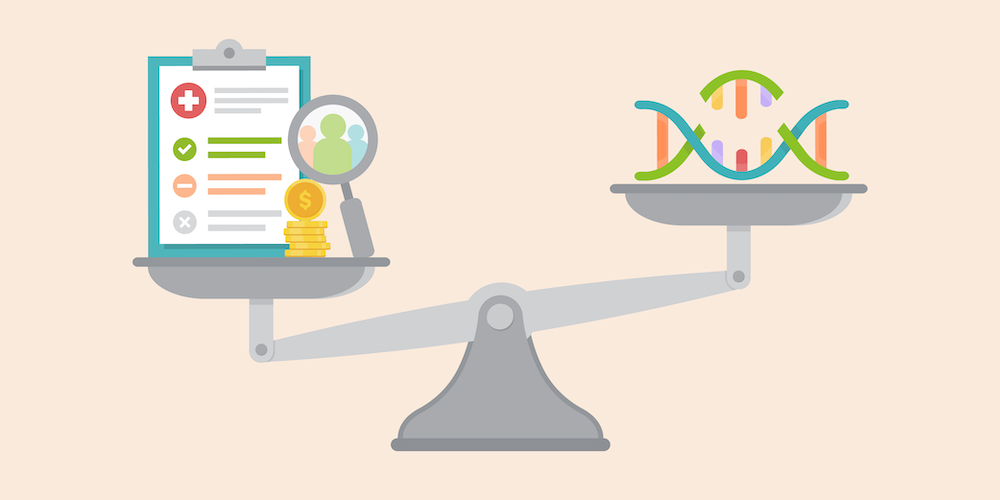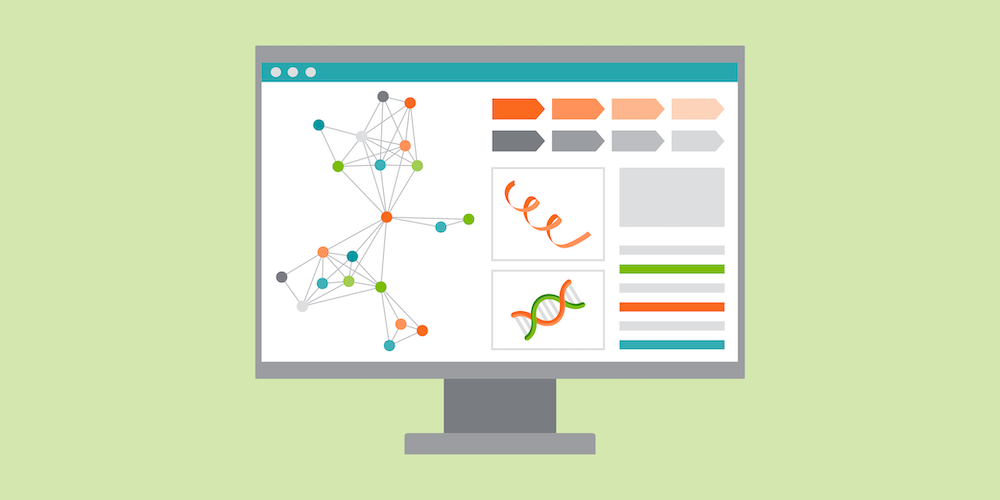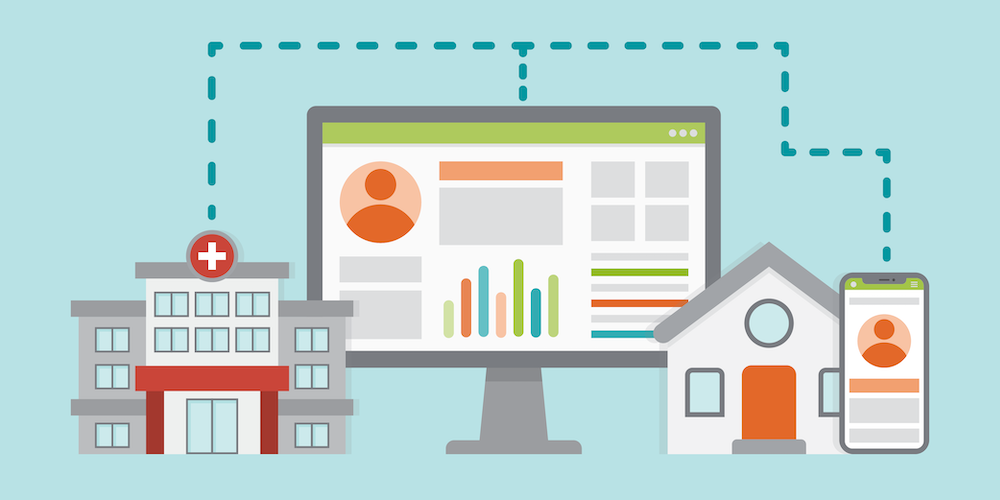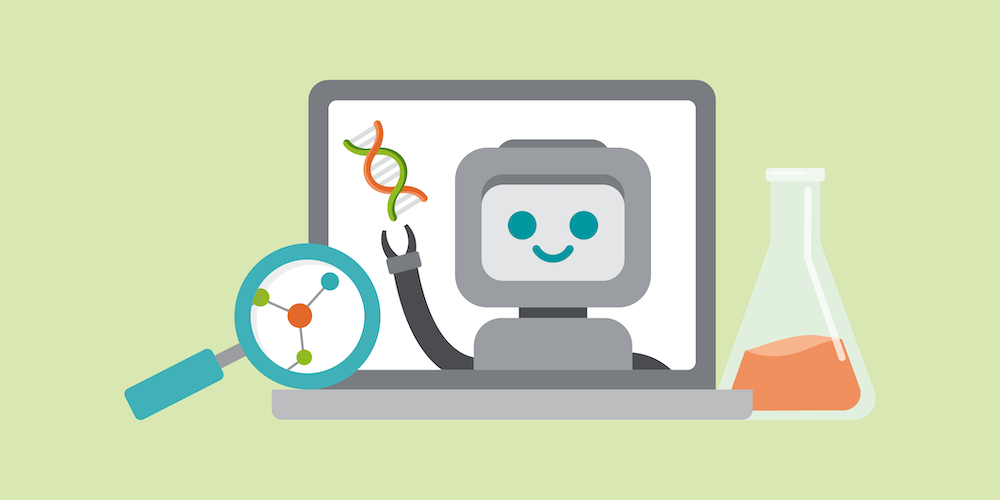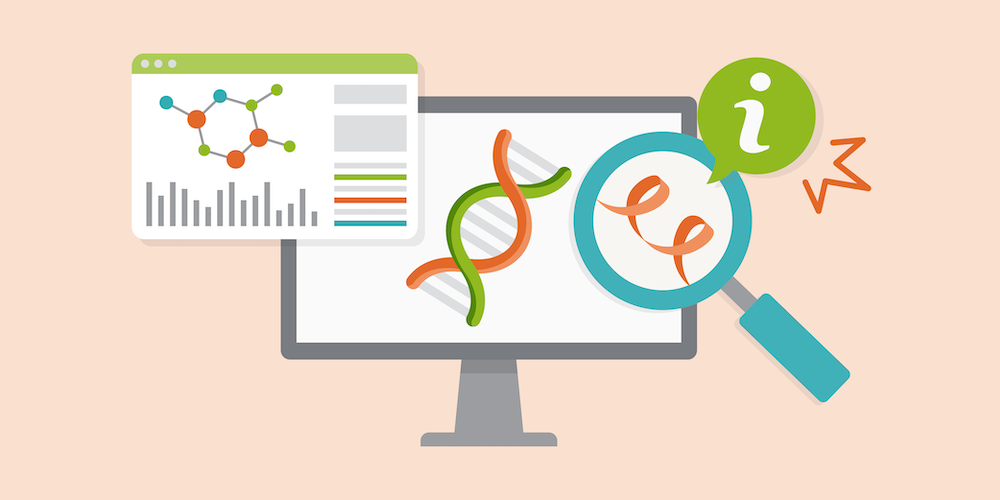Revolutionizing Research with Smart Lab Equipment
By Caleigh Findley
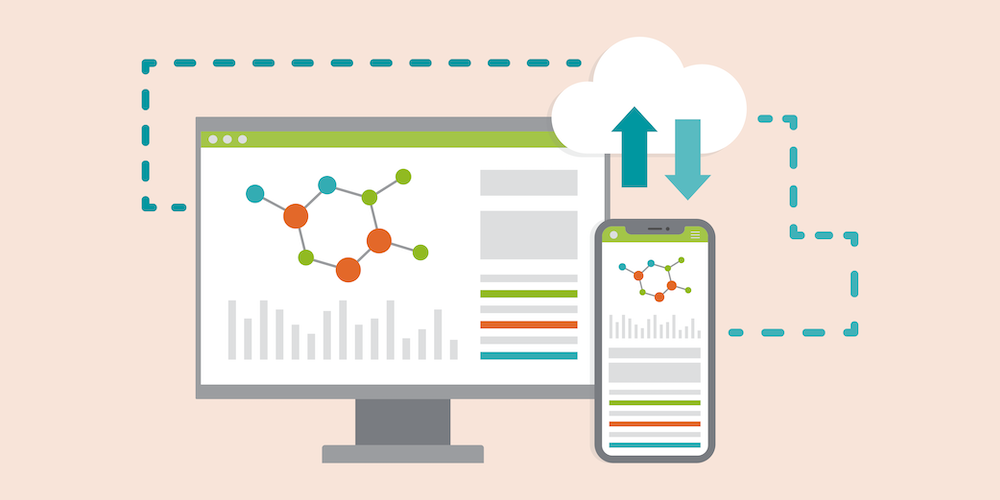
Lab efficiency is the key to success in fast-paced environments like research and development. Many labs still grapple with inefficiencies, manual processes, and data silos that hinder progress.
Imagine a laboratory where every instrument connects seamlessly, providing real-time data insights, remote access, and enhanced control. That’s the kind of enhancements Smart Lab Equipment powered by the Internet of Things (IoT) promises.
Read more about why IoT adoption has spread across labs from all different industries to maximize efficiency:
The Problem: Traditional Lab Limitations
Traditionally, laboratories have been constrained by fragmented systems and manual processes. Researchers often juggle multiple instruments, each with its own interface and data format. This lack of connectivity leads to inefficiencies, delays, and missed opportunities for collaboration. Reliance on manual procedures also sets the stage for a chronic problem of human error, risking potential delays and potentially jeopardizing the project’s integrity.
Moreover, monitoring experiments in real-time or accessing data remotely is a luxury few labs can afford. Researchers are often tethered to their workstations, unable to oversee experiments or make critical adjustments outside the lab environment. This limitation further decreases productivity, as staff often cannot safely multi-task and make the most out of their time in the lab.
The Solution: Smart Lab Equipment
These difficulties have made IoT a game-changer for researchers. By converting to a Smart Lab, companies can unlock a wealth of benefits:
Real-Time Monitoring
IoT-enabled sensors embedded within equipment provide real-time insights into experiments. Researchers can remotely track temperature, pressure, and pH levels and make adjustments from anywhere with an internet connection. Automated alerts notify them of deviations or anomalies, allowing for swift action to maintain experimental conditions. Intelligent equipment also automates data recording, allowing for numerous benefits in monitoring experiment workflow and data management. Researchers can easily trace experiment results, troubleshoot quickly, and identify inefficiencies. To that end, programmable workflows can streamline repetitive tasks, freeing up more time for additional experiments or thoughtful analysis.
Automated Housekeeping
Lab managers can lighten their workload by automating inventory and equipment maintenance schedules. Instead of relying on lab members to keep track of supplies, IoT provides active tracking and notifications when inventory gets low. This monitoring includes logging new orders and maintaining a digital trail of supply management. Lab equipment maintenance is another tedious but essential task that takes away from productive bench time. IoT oversees equipment maintenance by detecting the overall health and usage level for each piece of equipment. It then creates a tailored maintenance schedule, eliminating guesswork and helping to ensure optimal equipment performance for experiments.
Implementation Challenges
While the benefits of Smart Lab Equipment are undeniable, implementation does come with its own set of challenges:
Data Security
With increased connectivity comes heightened concerns about data security. Laboratories must implement robust cybersecurity measures to safeguard sensitive research data from unauthorized access or breaches.
Compatibility
Integrating IoT technology across existing laboratory infrastructure can be complex. Compatibility issues between instruments, software platforms, and data formats may arise, requiring careful planning and investment in interoperable solutions.
Training and Adoption
Embracing IoT technology requires a cultural shift within research organizations. Training programs and change management initiatives are essential to ensure staff are proficiently utilizing Smart Lab Equipment effectively.
Summary
Smart Lab Equipment offers unparalleled connectivity, data integration, and control. To harness the full potential of Smart Lab Equipment, organizations must invest in robust infrastructure, prioritize data security, and empower staff through comprehensive training programs. By embracing IoT technology, companies can overcome traditional limitations, driving innovation and accelerating scientific discovery.
